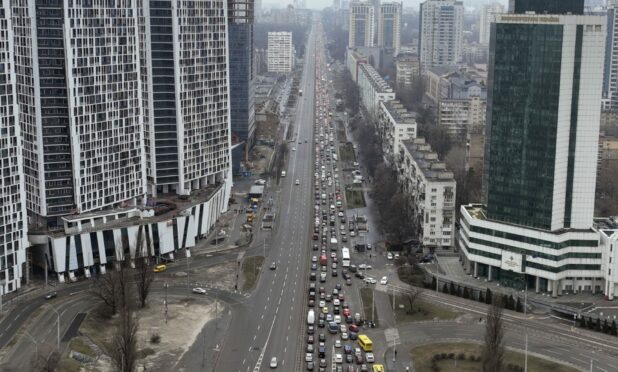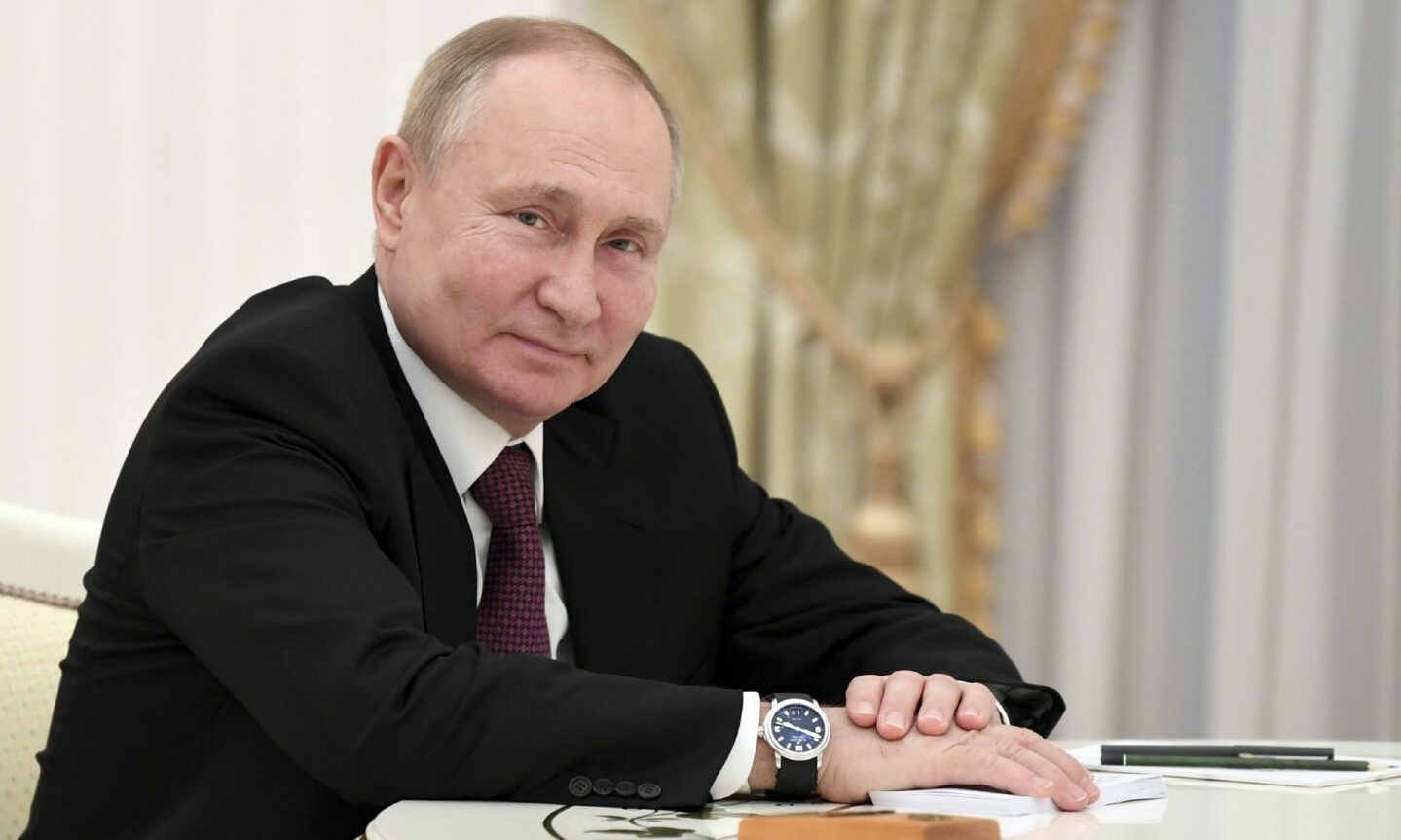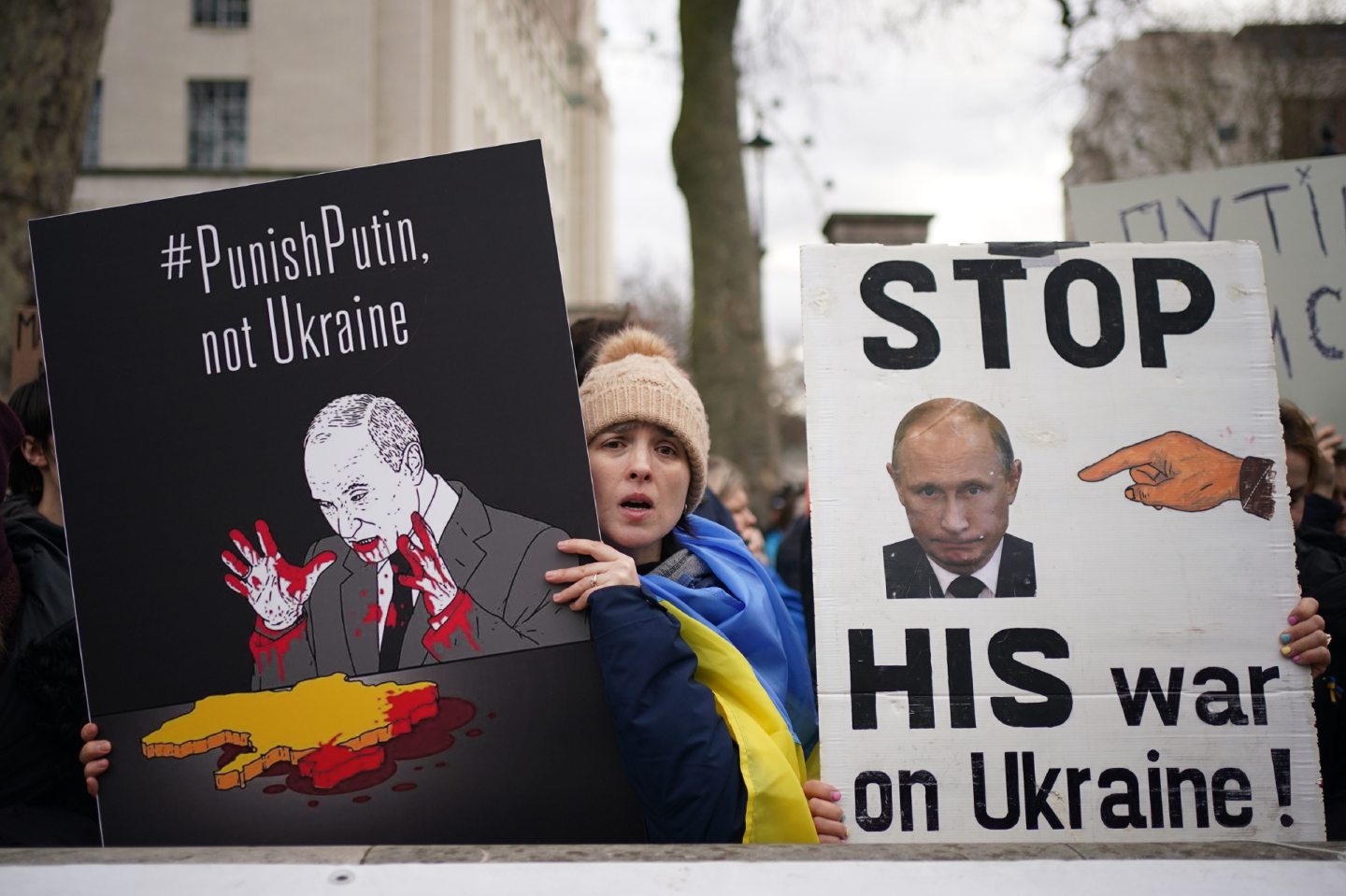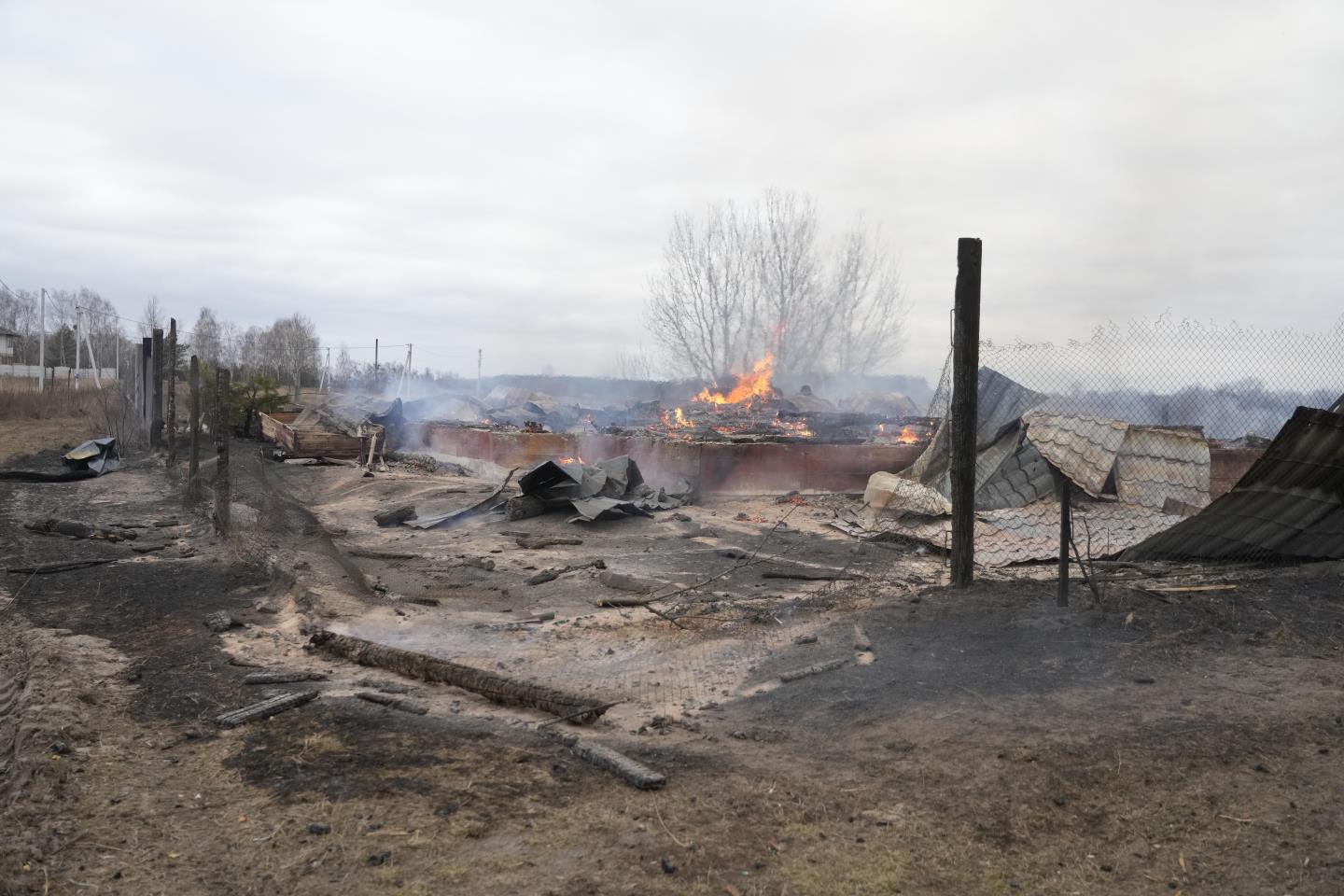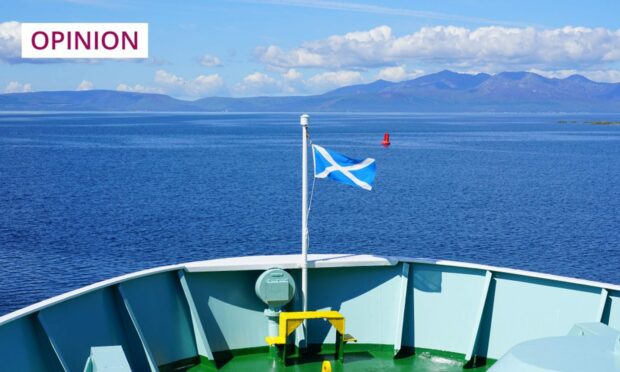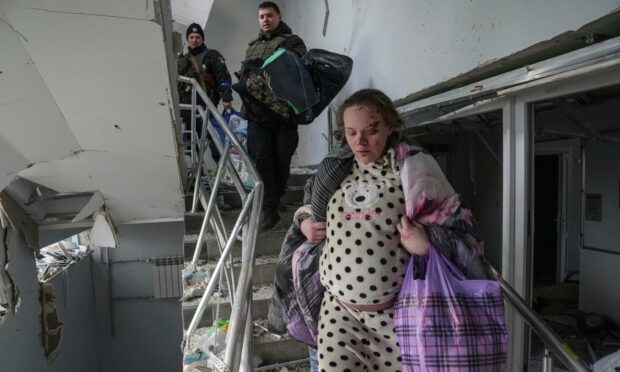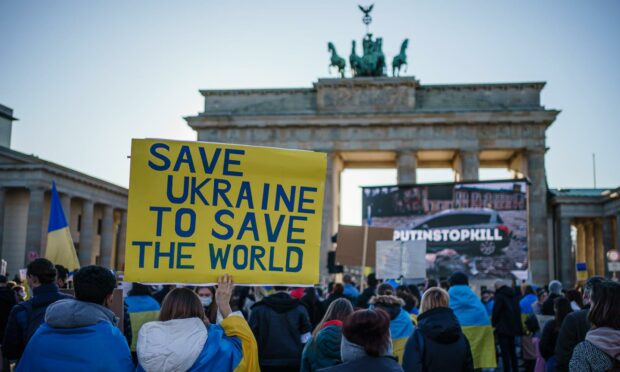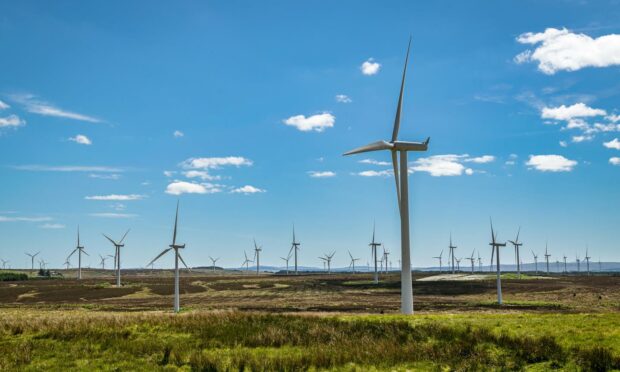Two weeks ago, I wrote an article accusing Vladimir Putin of using Hitler’s playbook as he prepared to invade Ukraine.
He was clearly adopting the same deceitful techniques Hitler had employed in 1939, when he invaded Poland: the denials that he intended to invade; the assurances that his troops were simply on a military exercise; the declaration that his battalions were withdrawing, followed by the false flag operations geared to provoke a casus belli that would justify his invasion.
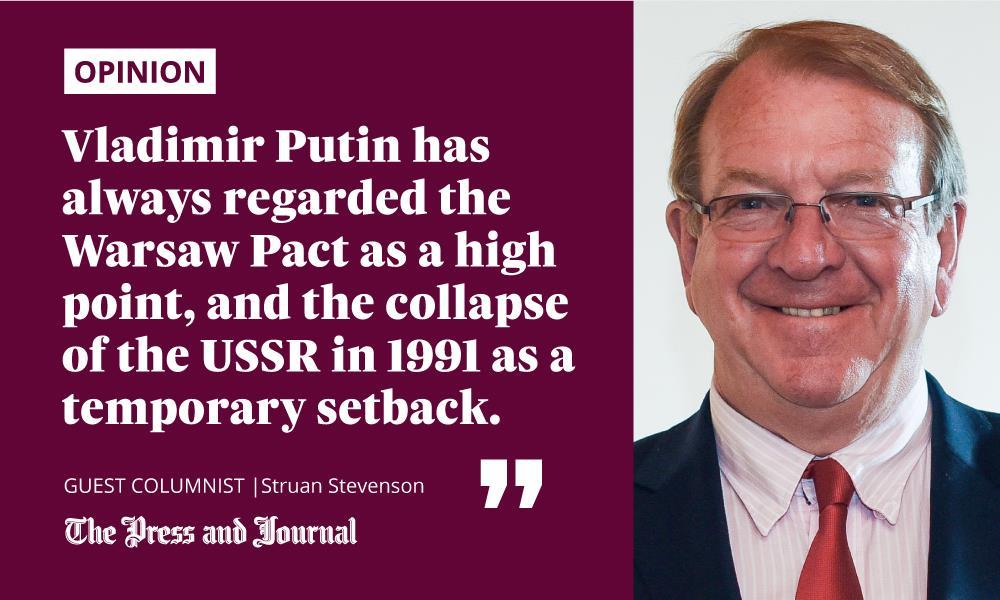
It has been clear for years that the Russian president is trying to recreate his country’s imperial past by pursuing a strategy first set by Ivan the Terrible and followed by all his successors. Putin sees himself as the new tsar. His decision to launch a full-scale invasion of Ukraine will have catastrophic impacts globally.
As a former KGB chief in Soviet-controlled East Germany, Putin has always regarded the Warsaw Pact as a high point, and the collapse of the USSR in 1991 as a temporary setback. Now, following his successful annexation of large parts of Georgia and the whole of Crimea without any noticeable reaction from the West, Russia’s direction of travel is again forward, and Putin will have little to fear from the US or EU.
He will have taken comfort from the chaotic withdrawal of US troops from Afghanistan, handing victory to the Taliban. Putin will have concluded that President Joe Biden is a weak leader and that threats of economic sanctions emanating from Washington and Brussels are a less than convincing deterrent.
Antagonistic towards Ukraine for decades
I met Vladimir Putin in Moscow in February 2009, when I was vice president of the European People’s Party. I was with a high-level delegation from the European Parliament. I was the only UK representative on this small delegation, and one of the first Scottish politicians to meet Putin face to face.
Putin reacted angrily to our accusation that Gazprom had turned off gas supplies to the EU. He said that the gas pipeline ran through Ukraine, and he blamed them
We had asked for the meeting due to the energy crisis that had hit Eastern Europe that winter. Gas supplies from Russia had dried up during a period of freezing weather conditions, causing many deaths in Poland, Romania and other EU member states in Eastern Europe.
Putin reacted angrily to our accusation that Gazprom had turned off gas supplies to the EU. He said that the gas pipeline ran through Ukraine, and he blamed them for breaching the pipeline and stealing EU gas. He was already antagonistic to the Ukrainians.
Soviet Union never collapsed for Putin
We asked Putin why the people of Eastern Europe had torn down all signs of the former Soviet Union after its collapse and, yet, in Moscow, hammer and sickle images and red stars were evident on almost every public building.
Putin fixed us with his steely gaze, his light blue, wolverine eyes never wavering as he explained: “To a large mass of our people who lived through that period, the Soviet Union was very important. We don’t want to destroy these symbols and tell them that their lives were lived in vain.”
This answer made it clear to us where his loyalty and sympathies lie. His plan to invade Ukraine and reclaim the former territories of the USSR was probably already being formed, even then.
The Baltic states and Eastern Europe must be on high alert. Putin may have started World War Three.
Struan Stevenson was a member of the European Parliament from 1999 to 2014. He is an author and international lecturer on human rights and the Middle East
